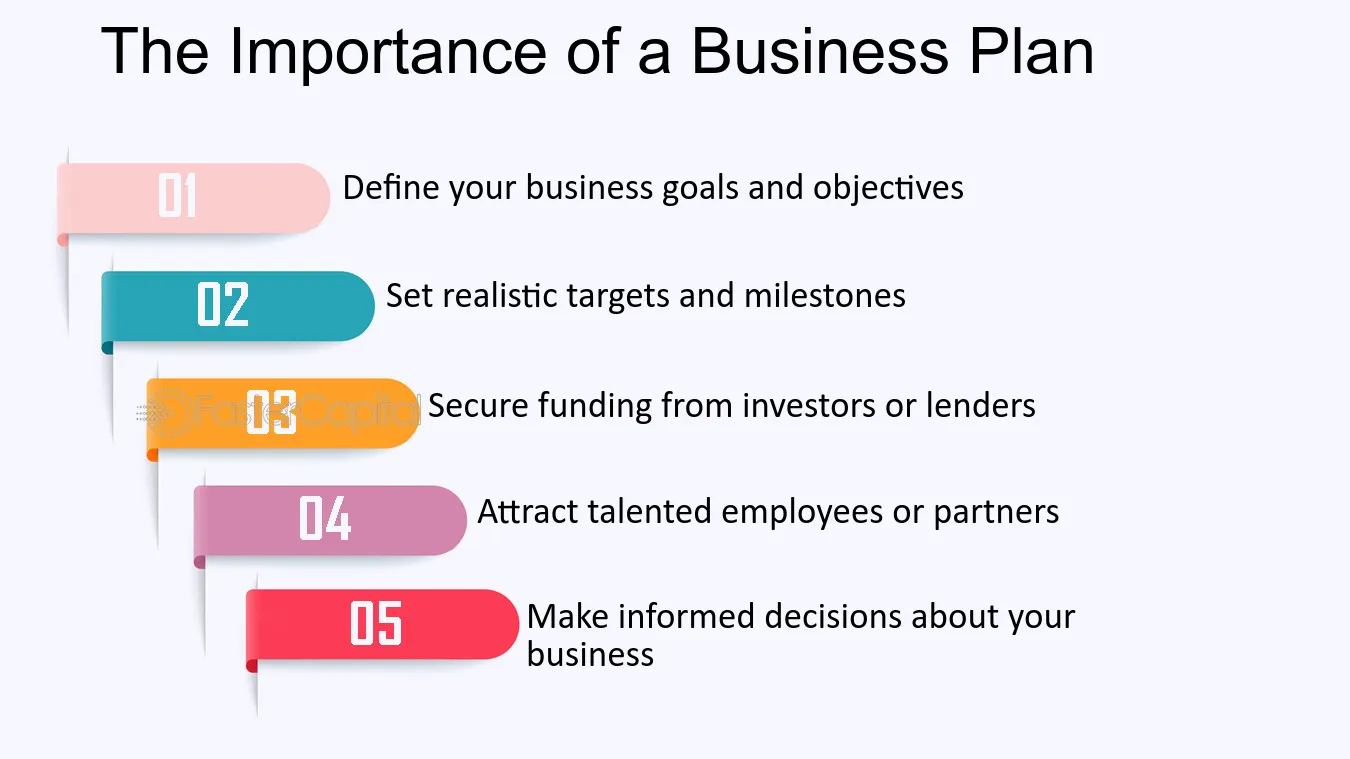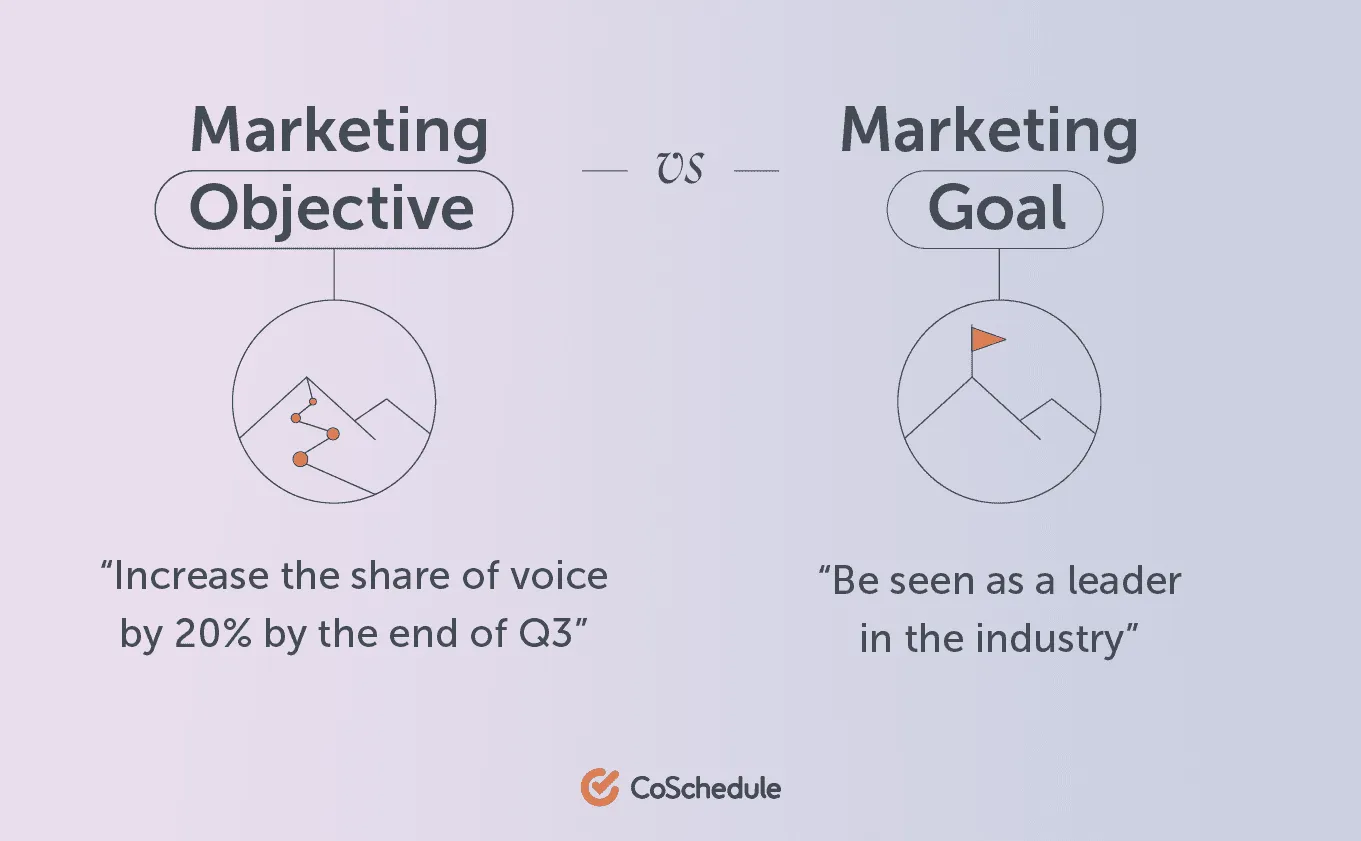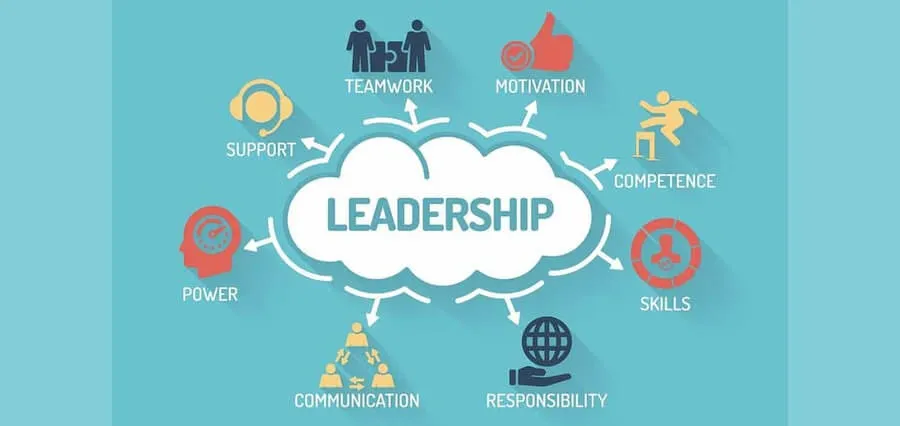In the ever-evolving world of entrepreneurship, a well-crafted business plan can be the key to unlocking success. Whether you’re starting a new venture or looking to expand an existing one, a comprehensive business plan serves as a roadmap, guiding you through the challenges and opportunities that lie ahead. In this article, we’ll dive deep into the essential components of a business plan, drawing inspiration from the sample business plans provided by HubSpot.
The Importance of a Robust Business Plan

A business plan is more than just a document – it’s a strategic tool that can make or break your venture. It not only helps you articulate your vision and goals but also serves as a catalyst for securing funding, attracting investors, and navigating the complexities of the market. A well-crafted business plan demonstrates your understanding of the industry, your target audience, and the competitive landscape, empowering you to make informed decisions and adapt to changing circumstances.
Crafting the Executive Summary
Defining Your Business
The executive summary is the first section of your business plan, and it’s crucial to make a strong impression. Begin by providing a concise and compelling overview of your business, including its mission, core products or services, and the problem it aims to solve. Clearly articulate the unique value proposition that sets your business apart from the competition.
Highlighting Key Milestones
Within this section, showcase the key milestones your business has achieved, such as significant partnerships, product launches, or notable customer acquisitions. This demonstrates your traction and credibility, inspiring confidence in potential investors or lenders.
Outlining Financial Projections
The executive summary should also include a high-level overview of your financial projections, including your anticipated revenue, expenses, and profitability. This gives readers a clear understanding of your business’s financial viability and growth potential.
Introducing the Management Team
Lastly, introduce your management team, highlighting their relevant experience, expertise, and track record of success. This showcases the depth of talent and leadership within your organization, reinforcing your ability to execute your business plan.
Analyzing the Industry and Market
Understanding the Industry Landscape
The industry and market analysis section of your business plan should provide a comprehensive overview of the industry in which your business operates. Begin by researching the size, growth trends, and key players within the industry, as well as any regulatory or technological factors that may impact the industry’s future.
| Industry Metric | Trend |
|---|---|
| Market Size | Growing at a CAGR of 8% |
| Competitive Landscape | Fragmented with several large players and numerous smaller competitors |
| Regulatory Environment | Increasing focus on sustainability and environmental regulations |
Identifying Your Target Market
Next, delve into the specifics of your target market, including demographic, psychographic, and behavioral characteristics. Conduct thorough market research to understand the needs, pain points, and purchasing behaviors of your ideal customers.
- Key Target Market Segments
- Millennials (ages 25-40)
- Small to medium-sized businesses
- Urban and suburban residents
Analyzing the Competitive Landscape
Assess the competitive landscape, identifying your direct and indirect competitors, their market share, pricing strategies, and unique value propositions. This will help you pinpoint your competitive advantages and develop strategies to differentiate your offering.
- Key Competitors
- Company A: Market leader with a strong brand presence and extensive distribution network
- Company B: Emerging player with a focus on innovative product design and customer experience
- Company C: Niche player offering specialized services at a premium price point
Crafting Your Marketing Strategy
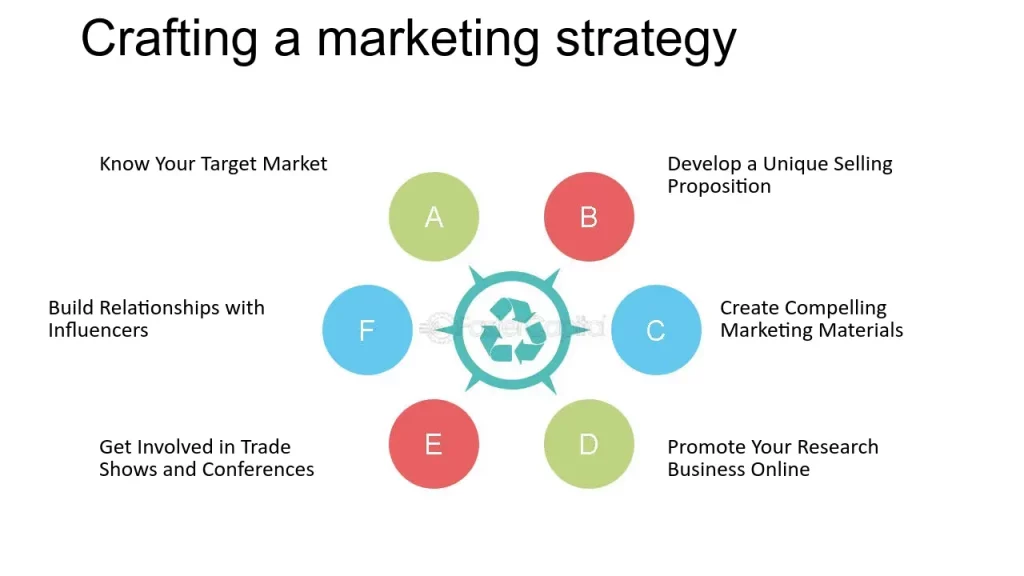
Defining Your Brand Identity
A strong brand identity is the foundation of your marketing strategy. Clearly define your brand’s mission, values, and personality, and ensure that these elements are consistently reflected across all your marketing touchpoints.
- Brand Positioning Statement
- “We are the premier provider of sustainable, high-quality home goods that enable our customers to live more mindfully and reduce their environmental impact.”
Developing Your Go-to-Market Plan
Outline your comprehensive go-to-market plan, detailing the various marketing channels and tactics you’ll employ to reach and engage your target audience. This may include a mix of digital marketing, content marketing, social media, and traditional advertising strategies.
- Marketing Channels and Tactics
- Organic social media presence on platforms like Instagram and LinkedIn
- Bi-weekly blog content to educate and inspire your target audience
- Targeted digital advertising campaigns on Google and Facebook
- Quarterly email newsletters to stay connected with your customer base
- Participation in industry trade shows and events
Measuring and Optimizing Your Marketing Efforts
Establish key performance indicators (KPIs) to track the success of your marketing initiatives, and regularly analyze and optimize your strategies based on the data. This will ensure that your marketing efforts are aligned with your business objectives and delivering a strong return on investment.
- Key Performance Indicators
- Website traffic and engagement
- Lead generation and conversion rates
- Social media following and engagement
- Email newsletter open and click-through rates
- Return on advertising spend (ROAS)
Operational Planning and Implementation
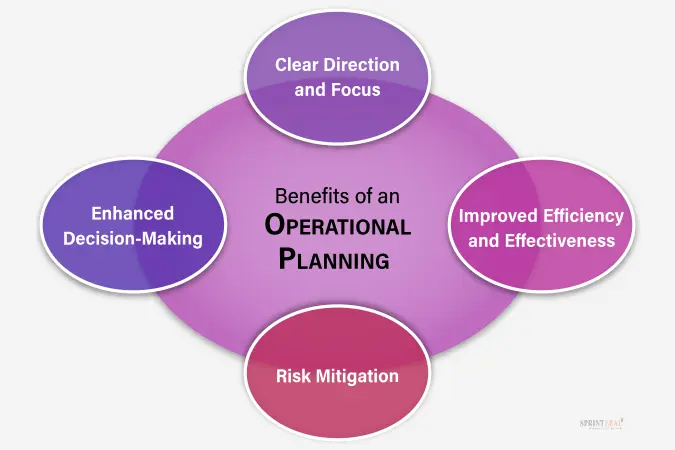
Defining Your Product or Service Offerings
Provide a detailed overview of your product or service offerings, including their features, benefits, and unique selling propositions. Explain how your offerings address the needs and pain points of your target market.
- Product Catalog
- Sustainable home goods (e.g., eco-friendly furniture, home decor, and cleaning products)
- Complementary services (e.g., interior design consultations, custom product design)
Outlining Your Supply Chain and Operations
Describe the key components of your supply chain, including your manufacturing process, inventory management, and logistics. Explain how your operational model ensures efficiency, quality, and scalability.
- Supply Chain Overview
- Partnering with certified sustainable suppliers for raw materials
- In-house manufacturing facility with lean production processes
- Optimized distribution network with regional fulfillment centers
Addressing Potential Risks and Contingencies
Identify potential risks and challenges that could impact your operations, and outline your strategies for mitigating and managing these risks. This demonstrates your foresight and preparedness in the face of uncertainty.
- Risk Mitigation Strategies
- Diversifying supplier base to reduce supply chain disruptions
- Implementing robust quality control measures to ensure product consistency
- Maintaining adequate cash reserves to weather economic fluctuations
Financial Projections and Funding Requirements
Preparing Financial Statements
Develop comprehensive financial statements, including a pro forma income statement, balance sheet, and cash flow statement. These projections should be based on realistic assumptions and scenario planning to showcase the financial viability of your business.
- Financial Projections (3-Year Forecast)
- Revenue: Year 1 – $2.5M, Year 2 – $3.8M, Year 3 – $5.2M
- Gross Margin: 45% in Year 1, scaling to 50% by Year 3
- Net Income: Year 1 – $250K, Year 2 – $475K, Year 3 – $750K
Determining Funding Requirements
Based on your financial projections, outline your funding requirements, including the amount of capital needed, the intended use of funds, and the proposed funding structure (e.g., equity, debt, or a combination). Explain how the infusion of capital will enable your business to achieve its growth objectives.
- Funding Requirements
- Total Funding Needed: $1.5 million
- Intended Use of Funds: Expand manufacturing capacity, invest in marketing and sales, and build out the technology infrastructure
- Proposed Funding Structure: 60% equity, 40% debt
Highlighting Your Exit Strategy
Finally, present your long-term exit strategy, such as a potential acquisition, public offering, or other liquidity event. This demonstrates your ability to create value for investors and provides a clear path for them to realize a return on their investment.
The Management Team and Key Advisors

Introducing Your Leadership
Provide detailed profiles of your management team, highlighting their relevant experience, expertise, and past successes. Demonstrate how their complementary skills and backgrounds make them well-equipped to lead your business to success.
- Executive Team
- CEO: 10+ years of experience in the home goods industry, with a track record of driving growth and innovation
- COO: Seasoned operations executive with expertise in supply chain optimization and lean manufacturing
- CMO: Data-driven marketing strategist with a proven ability to build strong brand awareness and customer engagement
Leveraging External Advisors
In addition to your internal management team, showcase the key advisors and experts who are supporting your business. These may include industry veterans, subject matter experts, or influential investors who can provide valuable guidance and strategic insights.
- Advisory Board
- Sustainability Consultant: Advising on sustainable product design and supply chain practices
- Financial Advisor: Providing guidance on financial modeling, fundraising, and exit planning
- Digital Marketing Strategist: Offering expertise on emerging trends and best practices in digital marketing
Conclusion
Crafting a comprehensive business plan is a critical step in the entrepreneurial journey. By meticulously addressing the key elements outlined in this guide, you can develop a strategic roadmap that not only resonates with potential investors and lenders but also empowers you to make informed decisions and navigate the complexities of the market. Remember, a well-crafted business plan is not a static document, but rather a living, breathing tool that should evolve alongside your business. Continually refine and update your plan to reflect the changing landscape, your progress, and your vision for the future. With a solid business plan in hand, you’ll be well on your way to turning your entrepreneurial dreams into a successful reality.
